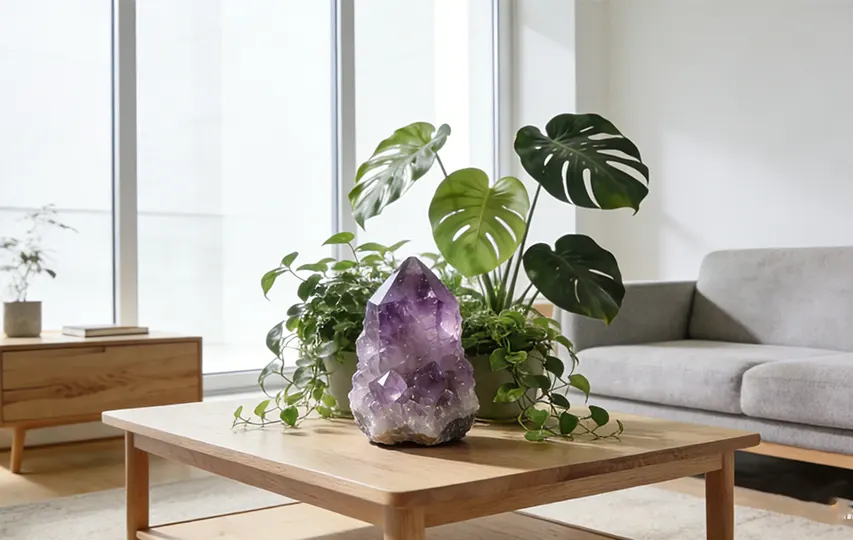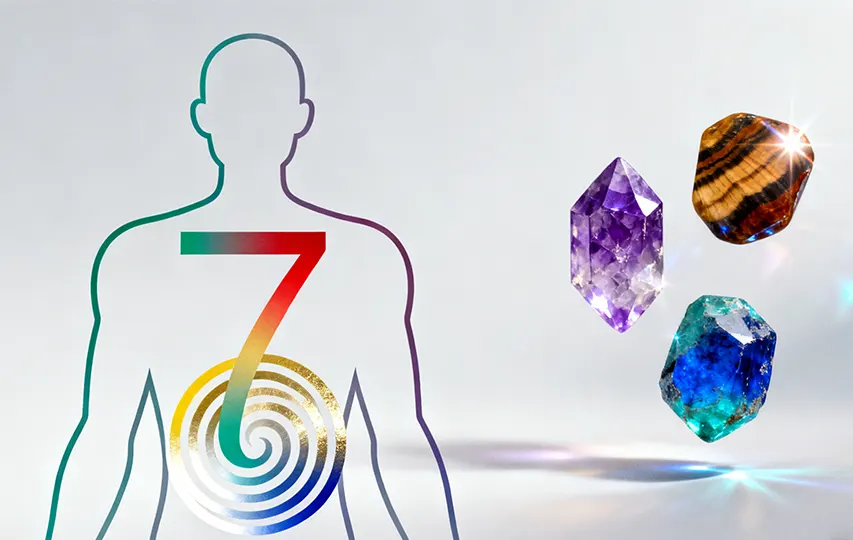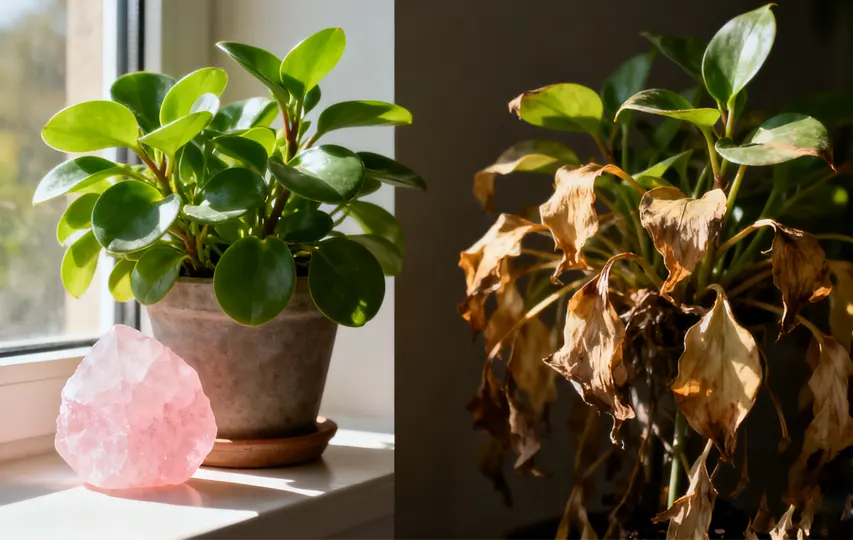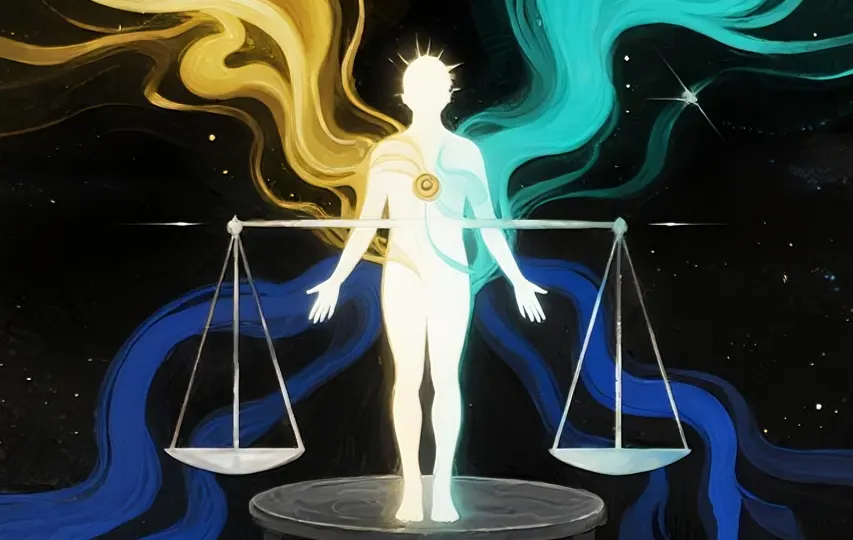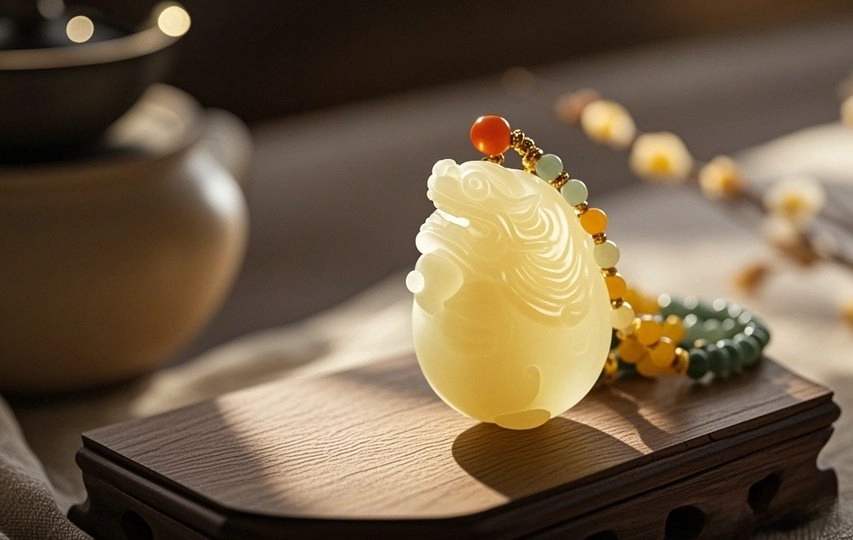
Get to Know Jade: A Treasure Through Time
Jade in Early Chinese Civilization has been a significant part of Chinese culture since the Neolithic Age. The unique jade dragon from the Hongshan culture may have represented religious or totemic beliefs, marking the start of jade’s importance in human spirituality. The Liangzhu culture’s jade cong, with its intricate carvings of divine faces, demonstrated advanced craftsmanship and highlighted the symbolic importance of jade in rituals, implying that jade held significant cultural meaning and was likely used in major ceremonies.
The History of Jade: A Long-Standing Cultural Tapestry
Development and Evolution of Jade Culture from the Shang and Zhou Dynasties to the Ming and Qing Periods
During the Shang and Zhou dynasties, people used jade as ritual objects and symbols of power, class, and dignity. Nobles showcased their status through jade ornaments. The use of jade in religious rituals, such as offering jade bi to heaven and jade cong to the earth. Those reflected its role as a medium for communication with the divine and ancestors. In the Spring and Autumn and Warring States periods, jade gained moral significance, embodying virtues like benevolence, righteousness, wisdom, courage, and purity. Scholars wore jade to symbolize their refined character, making jade a representation of spiritual values.
In the Qin and Han periods, jade became more elaborate, with luxury items like jade burial suits illustrating society’s reverence for jade and strict social hierarchy. The Tang and Song dynasties saw jade becoming more accessible, with jade ornaments popular among the common people, broadening its influence. Through the Ming and Qing periods, jade craftsmanship peaked, producing intricate works that amazed with their artistic value, ranging from imperial necklaces to exquisite pendants.
Recognition of Jade Across the Globe through trade routes like the ancient Silk Road introduced Chinese jade to Central Asia, the Middle East, and Europe, admired for its smooth texture and stunning artistry. Although interpretations varied, Jade’s universal appeal captivated foreign merchants and aristocrats. In the West, jade became synonymous with the mystery of the East, featured in museums and coveted by collectors, enhancing its global cultural status.
The Significance of Jade: Cultural, Religious, and Emotional Layers
Jade’s significance is profound and multifaceted. Culturally, it embodies the spirit and values of the Chinese people. Religiously, people link jade with spiritual practices and rituals. Emotionally, people attach sentimental value to jade and often give it as a cherished gift symbolizing family, love, and friendship. A jade pendant might be a family heirloom or a token between lovers. Its smooth texture and rich colors provide aesthetic pleasure, fulfilling a human desire for beauty.
Ancient nobility’s appreciation of jade emphasized its cultural significance, as ornaments like jade crowns and pendants were status symbols reflecting their recognition of jade’s inherent virtues. Notable historical figures used jade as a metaphor or gave it as a symbol of noble ideals, such as Qu Yuan, who frequently referenced jade in his poetry to convey his lofty aspirations.
The saying “People nurture jade for three years, and jade nurtures people for a lifetime” expresses the belief that body oils and sweat enhance jade’s luster, showing the bond between the wearer and the stone. Mystically, jade is thought to ward off evil and bring peace, believed to harmonize the body’s energy when worn, embodying a shared hope for well-being.
The Origin and Development of Jade: Nature’s Gift and Human Discovery
Jade is a product of geological processes, composed mainly of minerals like nephrite and tremolite. Its formation requires specific conditions over extended periods.
China boasts significant jade sources, such as Hetian jade from Xinjiang, Xiuyu jade from Liaoning, and Dushan jade from Henan. Ancient jade mining was arduous, often involving expeditions into remote mountains. Modern advancements have improved exploration and mining while growing awareness of resource protection has emerged. Folklore embeds mystical beliefs about people’s discovery of jade, suggesting that good fortune and fate play a role in people’s finding of the finest jade. People observe careful rituals to preserve its essence during extraction.
The World of Jade Varieties: A Diverse Spectrum
Jade can be classified by origin, such as Hetian jade, Xiuyu jade, Dushan jade, and Lantian jade. Hetian jade is renowned for its fine, oily texture and is often called the “king of nephrite.” Its types range in color, including white, green, yellow, and black. Xiuyu jade is abundant and comes in various shades, predominantly green. Dushan jade is known for its vibrant colors, earning it the nickname “Southern Jadeite.” Lantian jade, with a unique cultural background, is typically yellowish or apple green.
From a mineralogical perspective, people split jade into nephrite (soft jade) and jadeite (hard jade). People value jadeite, which is known for its vivid green hue and higher hardness, more when it is highly transparent. People note that nephrite, such as Hetian jade, has a warm, waxy texture and high toughness.
The Art of Jade Appreciation: The Skill of Discerning Quality
Jade appraisal requires expertise. Quality jade boasts a fine, smooth texture without visible flaws, as seen in top-tier Hetian jade with its “mutton fat” appearance. Color assessment varies: jadeite’s value lies in an even, rich green, while white Hetian jade’s pure whiteness is prized. Craftsmanship is crucial, as intricate carvings enhance jade’s worth, with refined designs and balanced proportions sought after in both traditional and modern styles. Transparency and luster, such as jadeite’s glassy shine and Hetian jade’s greasy glow, also indicate superior quality.
Jade, a magnificent gift from nature, intertwines with human history and radiates its allure through various eras and cultures. Its beauty and significance warrant deep appreciation and exploration.



Get to Know Your Five Elements for Free
Get to Know More about Feng Shui

